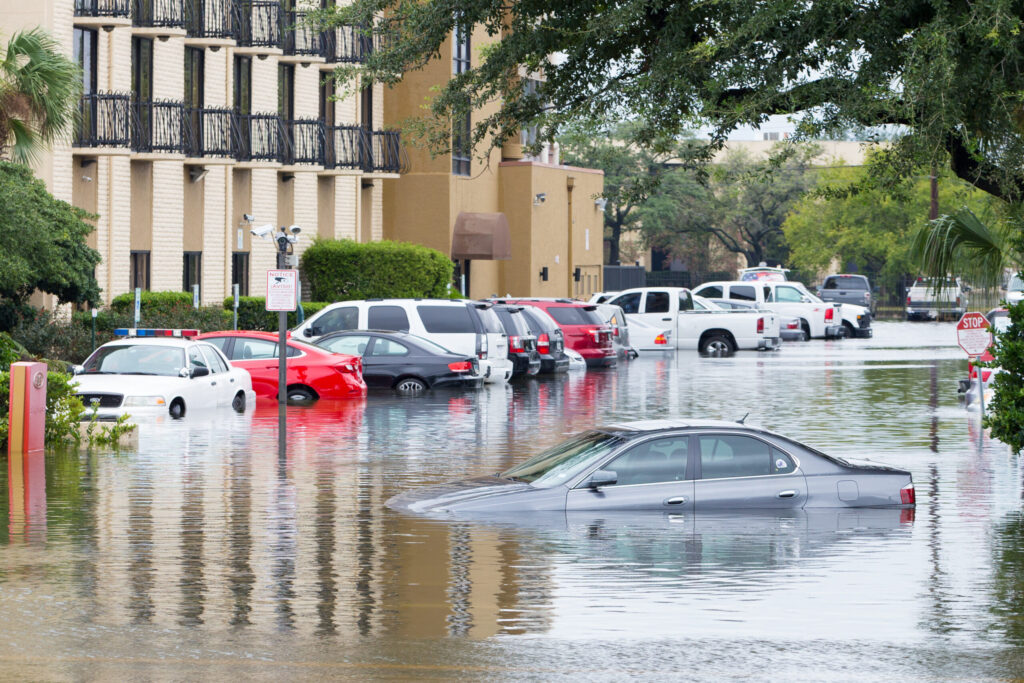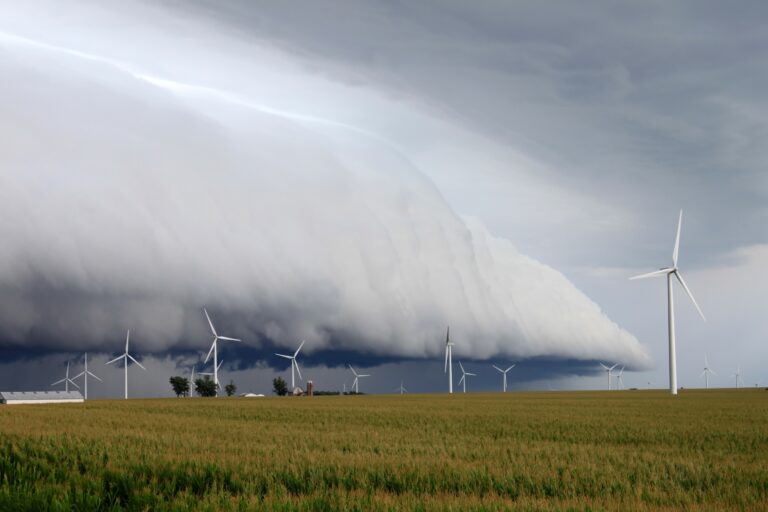When meteorologists issue a “high risk” flood forecast, as seen with storms like Debby, it signifies a serious and potentially life-threatening situation. This level of warning indicates not just a day of persistent rain but a scenario where flooding could be catastrophic. Historical data underscores the severity of such forecasts: research by Alex Lamers and Ashton Robinson-Cook at NOAA’s Weather Prediction Center shows that one-third of all U.S. flood fatalities between 2010 and 2022 occurred on high-risk days.
Impact and Significance of High Risk Flooding
A “high risk” flood day often correlates with deadly and destructive flooding. According to NOAA/WPC, 46% of days categorized with a high risk of excessive rain have seen at least one flood-related fatality or injury. Additionally, these high-risk scenarios account for approximately 80% of all flood-related damages. Lamers and Robinson-Cook’s research reveals that 62% of high-risk days resulted in over $1 million in flood damage, and over a 13-year span, 186 such days contributed to $72.8 billion in total damage. The importance of these forecasts cannot be overstated, as they reflect conditions that can lead to severe and widespread impacts.
Defining a High Risk Forecast
In meteorological terms, a “high risk” forecast is akin to a high-risk severe thunderstorm outlook from NOAA’s Storm Prediction Center. Just as a high-risk severe thunderstorm outlook points to the likelihood of major events like tornado outbreaks, a high-risk excessive rain outlook signals severe, widespread flash flooding. Unlike typical moderate or slight risks, which might lead to minor flooding in usual runoff areas, a high-risk forecast indicates that even locations not prone to flooding could experience significant inundation. This includes everything from roadways and parking lots to residential basements.
Geographical Hotspots for High Risk Flooding
High-risk flood forecasts are most commonly issued for regions prone to intense rainfall events. Since 2016, these warnings have frequently been issued for areas along the Gulf Coast, including Texas, Louisiana, and Mississippi, often in conjunction with tropical storms and hurricanes like Harvey and Florence. Other regions with high incidences of high-risk forecasts include the East Coast, from the New York City tri-state area southward, the middle Mississippi Valley, the southern Plains, and parts of Southern California. Understanding these hotspots can help residents in vulnerable areas prepare for potential flooding.
Safety Measures During High Risk Flood Events
When faced with a high-risk flood forecast, taking proactive safety measures is crucial. Here are some key steps to ensure safety:
- Prepare an Emergency Kit: Include essential items such as medications, food, water, flashlights, and batteries.
- Stay Informed: Monitor local weather updates and follow any evacuation orders or advisories issued by authorities.
- Avoid Flooded Areas: Do not attempt to drive or walk through flooded roads or areas; turn around, don’t drown.
- Secure Your Property: Move valuables and important documents to higher levels to protect them from potential flooding.
- Create an Evacuation Plan: Ensure that all family members are aware of the plan and know where to go in case of evacuation.
By staying informed and prepared, you can better protect yourself and your loved ones from the devastating impacts of high-risk flooding events.


